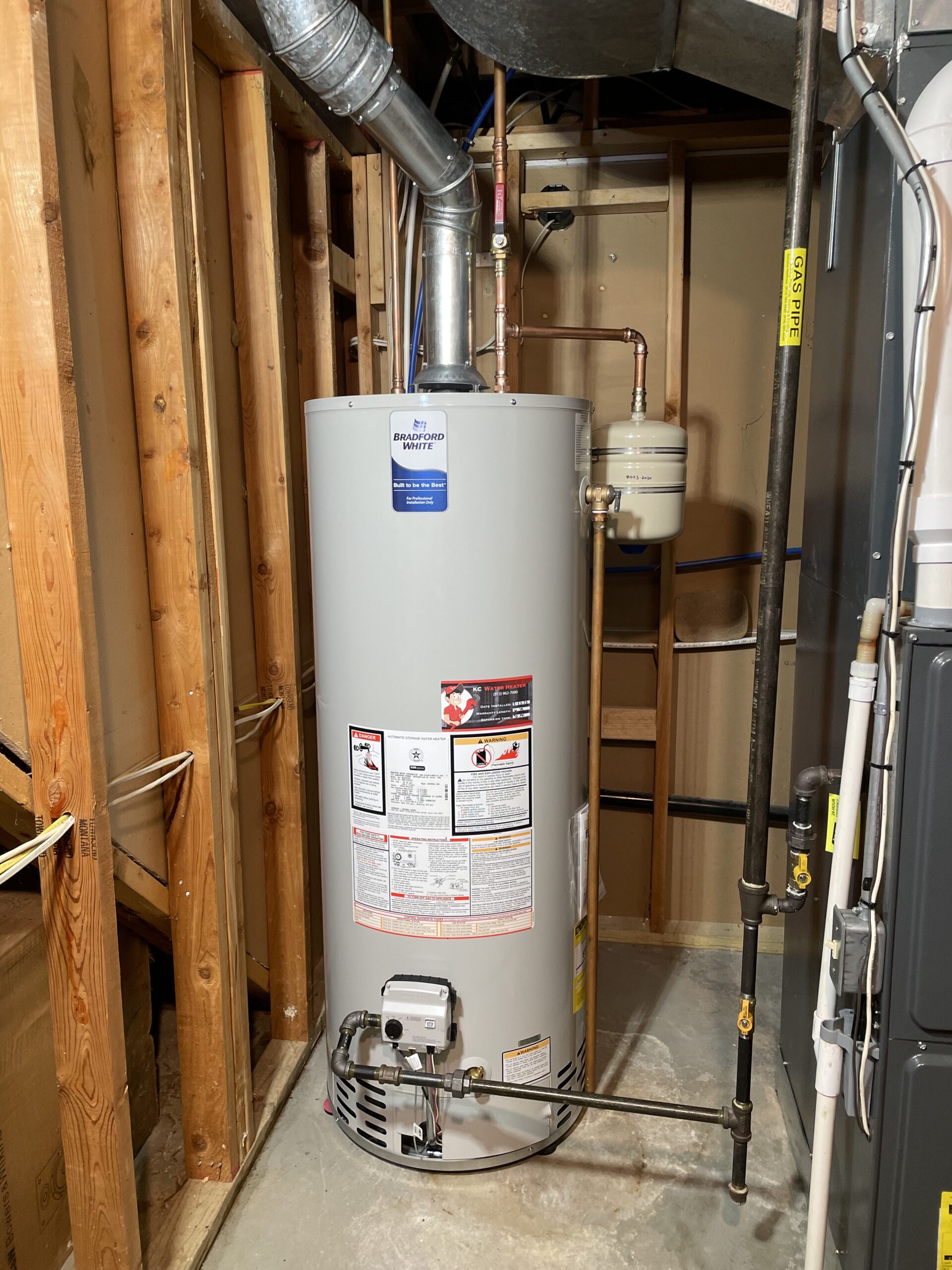Tips on How to Keep Your Home's Hot Water System Functioning Well
Tips on How to Keep Your Home's Hot Water System Functioning Well
Blog Article
How do you actually feel in relation to Tips For Maintaining Your Hot Water Heater?

Warm water is vital for daily comfort, whether it's for a refreshing shower or cleaning meals. To ensure your warm water system runs effectively and lasts longer, regular upkeep is crucial. This post offers practical pointers and understandings on just how to keep your home's hot water system to prevent interruptions and expensive repairs.
Intro
Maintaining your home's hot water system may seem daunting, however with a few simple actions, you can ensure it operates smoothly for several years to find. This guide covers everything from recognizing your hot water system to do it yourself upkeep suggestions and knowing when to call in professional aid.
Relevance of Preserving Your Hot Water System
Routine maintenance not just expands the life expectancy of your hot water system however additionally ensures it operates successfully. Ignoring upkeep can lead to reduced performance, greater energy expenses, and also premature failing of the system.
Signs Your Hot Water System Requirements Upkeep
Understanding when your hot water system needs focus can avoid significant problems. Keep an eye out for signs such as inconsistent water temperature, unusual sounds from the heating system, or rusty water.
Recognizing Your Warm Water System
Prior to diving right into maintenance tasks, it's useful to recognize the fundamental parts of your hot water system. Normally, this includes the hot water heater itself, pipes, anode rods, and temperature level controls.
Month-to-month Upkeep Tasks
Regular regular monthly checks can aid catch small concerns before they intensify.
Purging the Hot Water Heater
Flushing your water heater removes sediment accumulation, boosting performance and prolonging its life.
Monitoring and Changing Anode Rods
Anode rods prevent corrosion inside the storage tank. Inspecting and replacing them when worn out is important.
Evaluating and Readjusting Temperature Level Setups
Readjusting the temperature settings makes certain optimal performance and safety.
DIY Tips for Maintenance
You can do numerous upkeep jobs on your own to maintain your hot water system in leading condition.
Checking for Leakages
Regularly inspect pipelines and links for leakages, as these can result in water damage and higher costs.
Testing Pressure Alleviation Valves
Examining the stress safety valve guarantees it functions correctly and stops extreme pressure build-up.
Insulating Pipes
Protecting hot water pipes decreases warm loss and can save energy.
When to Call an Expert
While DIY maintenance is advantageous, some issues call for specialist knowledge.
Complex Issues Calling For Expert Help
Instances consist of significant leaks, electric issues, or if your water heater is consistently underperforming.
Regular Expert Maintenance Benefits
Professional upkeep can include thorough inspections, tune-ups, and ensuring conformity with security criteria.
Final thought
Regular upkeep of your home's hot water system is crucial for effectiveness, longevity, and cost financial savings. By following these pointers and understanding when to look for expert help, you can make sure a dependable supply of warm water without unforeseen disturbances.
How to Maintain an Instant Hot Water Heater
Before tinkering with your hot water heater, make sure that it’s not powered on. You also have to turn off the main circuit breaker and shut off the main gas line to prevent accidents. Also turn off the water valves connected to your unit to prevent water from flowing into and out of the appliance. 2. When you’re done, you have to detach the purge valves’ caps. These look like the letter “T†and are situated on either side of the water valves. Doing so will release any pressure that has accumulated inside the valves while at the same time avoid hot water from shooting out and burning your skin. 3. When the purge valves’ caps are removed, you have to connect your hosing lines to the valves. Your unit should have come with three hoses but if it didn’t, you can purchase these things from any hardware or home repair shops. You can also get them from retail stores that sell water heating systems. Read the user’s manual and follow it to complete this task properly. When the hosing lines are connected, open the purge port’s valves. 4. You should never use harsh chemical cleaners or solutions when cleaning your unit. Make use of white vinegar instead. It should be undiluted and you’ll probably use about 2 gallons. 5. Now flush your water heater. This task should probably take about 40 minutes. We can’t give you specific directions for this because the procedure is carried out depending on the type, model and brand of your heater. With that being said, refer to the user’s manual. 6. When you’re done draining the unit, you have to turn off the purge port valves again. Remove the hosing lines that you earlier installed on each of the water valves. Put the valve caps (purge port) back in their respective places and be very careful so as not to damage the rubber discs that are found inside these caps. 7. Now that everything’s back in place, check your user’s manual again to find out how to reactivate your water heating system. 8. Once it is working, turn one of your hot water faucets on just to let air pass through the heater’s water supply pipes. Leave the tap on until water flows smoothly out of it. https://www.orrplumbing.com/blog/2014/september/how-to-maintain-an-instant-hot-water-heater/

I stumbled upon that content on Tips on Maintaining a Water Heater when doing a search on the web. Sharing is caring. Helping people is fun. Thank you so much for your time invested reading it.
Prices & Booking Report this page